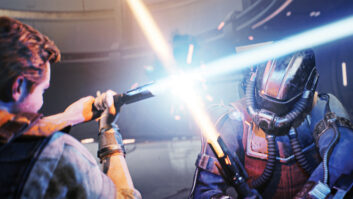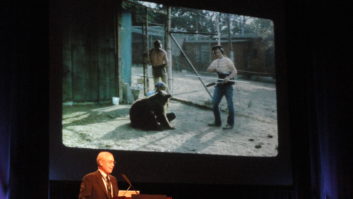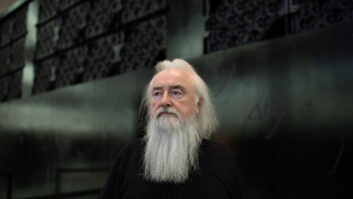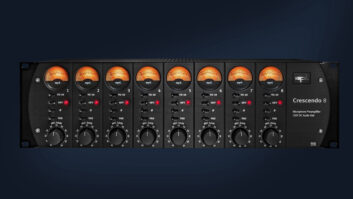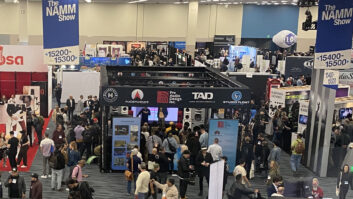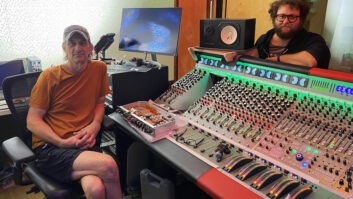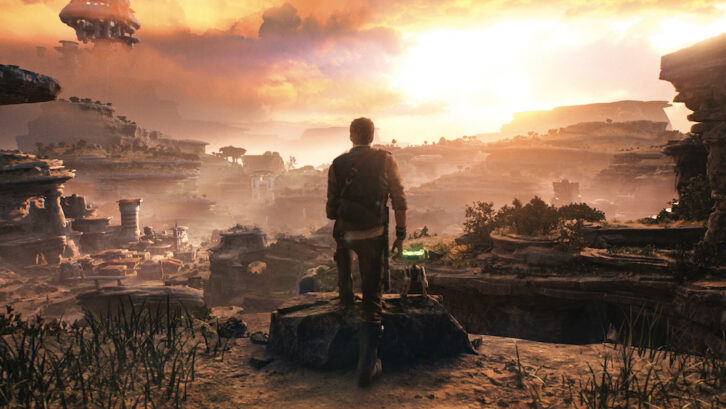
In the conclusion of our coverage on capturing the music of this year’s hit Star Wars game, Star Wars Jedi: Survivor, co-composers Gordy Haab and Stephen Barton discuss the game’s use of ambisonic recording, the requirements of using synthetic and organic sounds, mixing and more. Don’t pass up Part 1!
SURROUNDING THE GAMER
Early on, the duo experimented with ambisonic recording, which wasn’t used on Survivor, but based on the concepts they learned and the three-dimensional nature of video games, Haab and Barton discovered a flexibility in their approach to surround sound.
“Effectively, most gamers play nearfield, so our center channel is less important; what’s important is in the 6.0,” explains Barton. “What we try to do musically is have a surround feeling that doesn’t feel like mostly front with some ambient reverberation. It’s a much more 3D surround than TV or film. You wrap the image around you, and at the same time pull away from the dialog in the center.”
They used Sennheiser’s AMBEO cube and square miking techniques with nine MKH 800 Twin mics, creating a two-meter cube configuration in the main position, usually “around” the conductor, in front of the orchestra. The ninth microphone is on the lower level in the center, as an extra option for the center channel. This technique, which is based on AB stereo, aims to create the sonic image around the gamer.
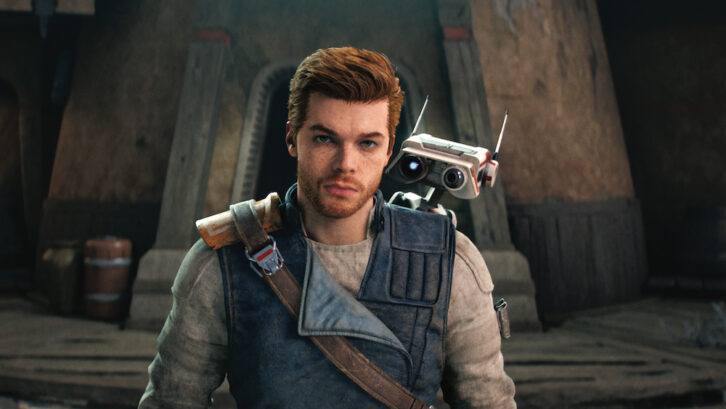
“It functions like a Decca Tree, in the sense that it is a room-mic array designed to be panned to its respective speakers,” the composers explain, “but it has a huge amount of flexibility for surround and Atmos recording. It also has a great deal of post-production flexibility because of the Twin Pattern plug-in. You can literally change the polar response pattern of individual mics, or any part of the layers, simultaneously using the plug-in’s internal groups; everything from omni to full cardioid in either direction, or figure-eight. The usual idea is to pan the upper four microphones to a quad .4 height, and the lower five to the speaker positions of a 5.0 as a starting point.
“The height layer is two meters above the main layer, which provides a nice trade-off between coincidence and decorrelation, and a much more accurate sense of height than, say, hanging microphones above pointing down.”
Due to the three-dimensional surround aspect of game music, Haab and Barton re-amped music they had recorded with synths, as well as any instruments they had recorded prior to coming to Abbey Road. For this, they set up an array of speakers in Studio 1 and captured the sound of the speakers playing those parts with the same microphones that were used for the orchestra. This “pushing of air” instead of simply DI helped in melding the two sources together.
“There’s a thing about pushing air versus DI where you don’t get the same kind of mojo, particularly with this,” says Barton. “Lucasfilm’s big thing is they want any synthetic element to have an organic edge to it—even if it’s a straight sine bass—for it not to feel like an overlaid element. There’s a 1970s Star Wars ethos where ’80s synths don’t necessarily fit within the sound world. A lot of times, we’re looking to make something sound a little dirty, a little analog, a little saturated. There is a jerry-rigged sound to it. You want the synths to sound like the Millennium Falcon looks.”
SYNTHETIC AND ORGANIC
Haab and Barton use layering to process synthetic elements with organic ones. For example, if there is a high ticking sound from a synthesizer or a pulsating sub-bass, to avoid having it sound like an 808, Barton might use sticks. Not unlike what they do with drums, they edit them together so neither sounds too synthetic, or too organic, but has an original orchestral texture. This approach is one the composers borrow from EDM producers who, rather than having a single kick sound, for example, generally have a composite kick from multiple sources generate a new sonic idea that a single source wouldn’t have.
Says Barton, “Thinking about electronic music production techniques has been a really interesting way of making orchestral music sound fresh.”
Haab treats synthesizers as another section of the orchestra, with a sonic dialog between the two. He explains, “You might have a pulsing synth that’s going through a filter sweep, but then immediately the brass section will answer it by doing a combination of mutes. The low trombones are all in a bucket mute, and then the next two trombones are in cut mute, and then ones are in straight mute, and then the horns are stopped and then trumpets are in harmonies. I pass that repeating note through all those sections of the brass and it sounds like it’s imitating the synths. It’s back and forth, so it’s much more conversational.”
“In quite a few places, you’re doing that almost to imitate delay, played delays,” says Barton, “thinking about orchestral techniques the way you think about synth envelopes. You’re using one section of the orchestra to be the attack. You’re effectively creating ADSR but with orchestral sections or orchestration, and using synths as one aspect of that.”
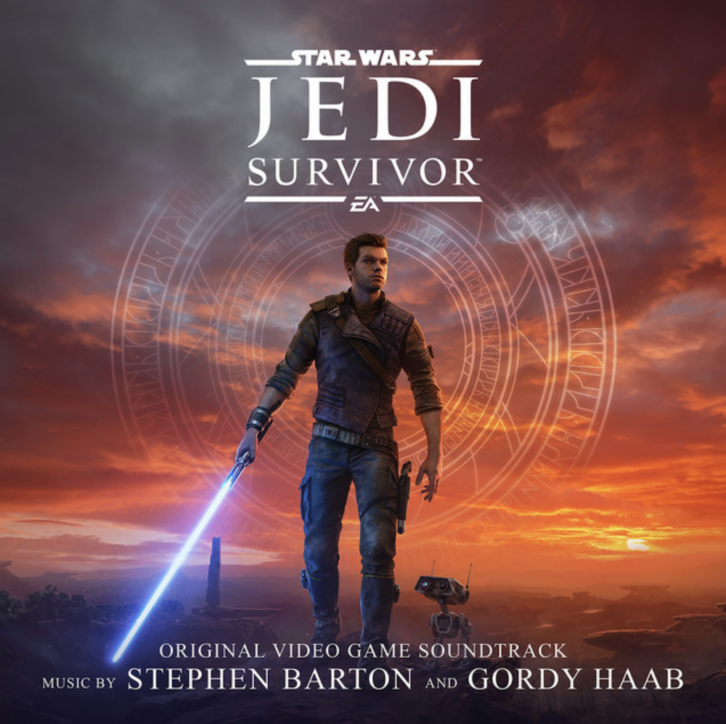
In many cases, orchestral recordings were processed to create a synth-like sound. For example, they would record only high violins, run those through a granular editing process to create a synth sound, and what’s heard is an organic violin section that slowly morphs into a synth layered with another organic element. Says Haab, “It’s always tying back to the symphonic sound, but blending in ways that feel natural and conversational.”
Elsewhere, a bass clarinet that had a ton of distortion on it, something not normally heard on a classical-based score, and even organic instruments, like the piano at Abbey Road, were modified to create slightly different sounds than they normally would. For the planet Koboh in Survivor, they wanted a rustic, slightly broken sound to it. Barton bought 200 packs of Blu-Tack, a putty-like adhesive, which was stuck together to create a long tube, that was then stuck inside the piano to alter its sound just enough to represent Koboh’s vibe.
MIXING WITH MEYERSON
Renowned mix engineer Alan Myerson (Dune, The Book of Boba Fett), whom Haab and Barton worked with on Fallen Order, was on board once again for Survivor. The composers took advantage of his expertise to push their production techniques beyond Williams’ classic and enduring scores.
In instances where the “The Imperial March” is used in Survivor, only the shape of the bass movement is outlined. “It’s hard to get away from it feeling like a march,” says Haab. “I have this poster of Darth Vader in my room that’s just a silhouette, but the outline is as scary as the real thing—if not scarier. That’s where I got the concept of rather than doing it literal, only outlining the shape. We were doing something very dark and brooding, and just that shape is enough.”
The goal was to retain the recognizability of the iconic Star Wars scores, but enhance it by leaning into the immersive aspect of the mix with Myerson’s skills. Haab and Gordon credit John Williams for being an innovator and took cues from him not just musically, but also in their production approach—which, in the gaming world, must continuously break new ground.
“What makes [Williams’] scores so great is that they are symphonic in nature,” says Haab. “You can hear the late romanticism/neoclassical era influences in his writing. For us, rather than trying to write like John Williams, the goal was, ‘Why don’t we look to the sources that inspire John Williams: Ravel, Debussy, David Diamond.’ It might not be a direct influence, but it’s symphonic in nature and fits the aesthetic. Playing with those concepts, but putting them through a very modern lens of production. That was where [Myerson] was a key player in this score.”
At the same time, there are harmonic and melodic choices they’ve made that aren’t the norm in modern film scores, but they are able to get away with them, so to speak, because of Williams’ original Star Wars sound. As Haab says, “It’s essentially symphonic score, but it’s hyperrealism in its production.”
